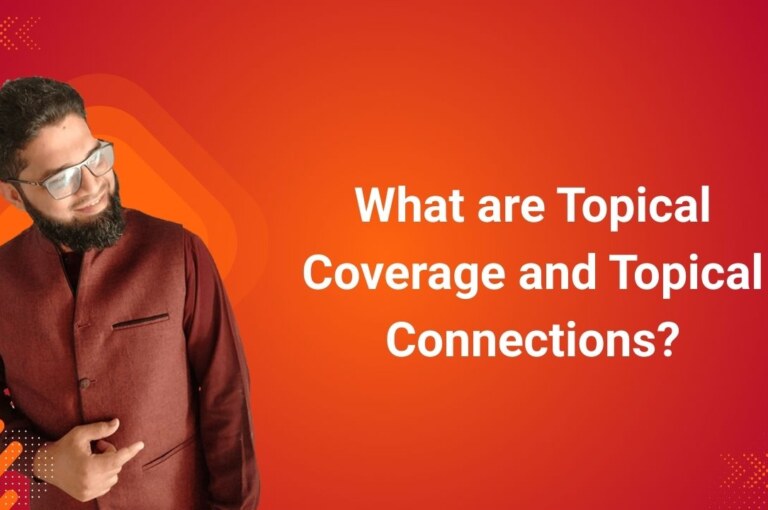The terms “Topical Coverage” and “Topical Connections” are integral to building topical authority in SEO.
Topical Coverage refers to the extent to which a website comprehensively addresses all relevant subtopics within a specific niche. Achieving thorough topical coverage involves creating high-quality, valuable content based on comprehensive keyword research, organizing content into logical clusters, and establishing a solid website structure. This approach not only enhances the user experience but also signals to search engines that the site is a comprehensive resource on the subject, thereby improving its authority and ranking potential.
Topical Connections involve the strategic linking of related content pieces within a website. A site can create a cohesive network of information, by interlinking articles and pages that cover related subtopics. This internal linking structure helps search engines understand the relationships between different pieces of content, further establishing the site’s expertise and authority in the niche. Additionally, it aids users in navigating the site, allowing them to explore related topics easily.
Definition of Topical Coverage and Topical Connections
Topical Coverage refers to how comprehensively a website addresses all relevant subtopics within a niche, improving SEO authority and user experience. Topical Connections involve strategic internal linking between related content, helping search engines understand content relationships and enhancing navigation. Together, they strengthen a site’s topical authority and search ranking potential.
Key Aspects:
- Covers all subtopics and related queries within a niche.
- Provides supporting content (e.g., guides, FAQs, case studies).
- Avoids thin content (superficial, low-value content).
Example:
A finance website with strong topical coverage on cryptocurrency will have content on:
- “What is cryptocurrency?”
- “How does blockchain work?”
- “Best cryptocurrencies to invest in 2025”
- “Risks and security concerns in crypto trading”
Topical Connections
Topical Connections refer to the semantic relationships between different pieces of content on a website. These connections help search engines understand the context, relationships, and hierarchy of topics.
How Topical Connections Work?
- Internal Linking: Connect related articles to create a topical cluster
- Entity Relationships: Link concepts together for semantic search optimization
- Content Hierarchy: Organize topics into categories and subcategories
Example:
A fitness blog builds strong topical connections by linking:
- “Best Workouts for Beginners” → “How to Build Muscle Safely”
- “Healthy Diet Plans for Athletes” → “Best Supplements for Endurance Training”
This interlinking signals expertise to search engines and keeps users engaged longer.
Why Are These Important for SEO?
- Improves Search Rankings – Google prioritizes sites that show deep topical coverage and authority.
- Boosts Internal Linking Power – Strong topical connections distribute ranking signals effectively.
- Increases Organic Traffic – Comprehensive and authoritative content attracts more users.
- Establishes Industry Leadership – High topical authority makes a website a trusted source.
- Topical Coverage → Depth & completeness of content in a niche.
- Topical Connections → Smart internal linking & content relationships.
Wrap Up
Mastering these three aspects boosts SEO, improves user experience, and establishes credibility, leading to better search engine rankings and visibility.
Want to Go Deeper into SEO?
Explore more from my SEO knowledge base:
▪️ SEO & Content Marketing Hub — Learn how content builds authority and visibility
▪️ Search Engine Semantics Hub — A resource on entities, meaning, and search intent
▪️ Join My SEO Academy — Step-by-step guidance for beginners to advanced learners
Whether you’re learning, growing, or scaling, you’ll find everything you need to build real SEO skills.
Feeling stuck with your SEO strategy?
If you’re unclear on next steps, I’m offering a free one-on-one audit session to help and let’s get you moving forward.





Leave a comment